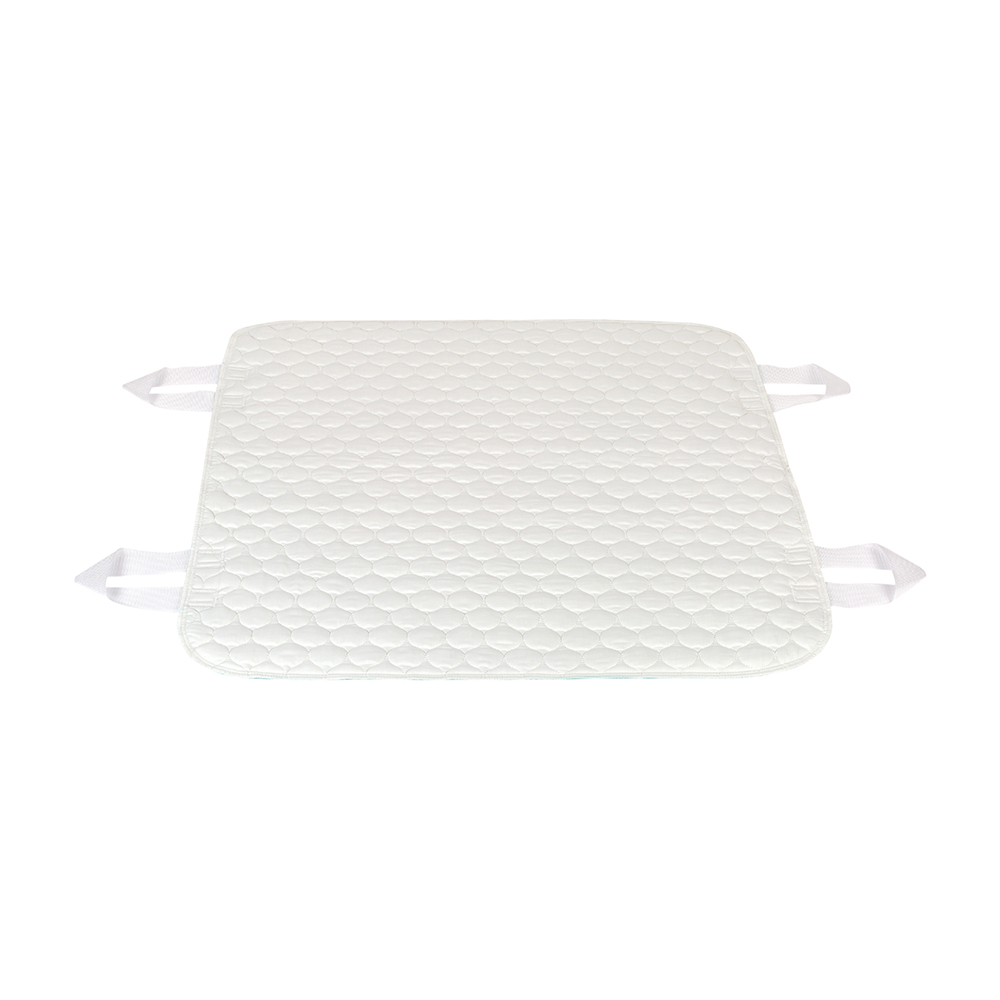Material selection: Choose soft, skin-friendly materials, such as cotton, bamboo fiber, etc. These materials are not only breathable but also provide a comfortable touch. Consider using antibacterial and anti-odor materials to keep your bed pad clean and hygienic and reduce odors.
Structural design: Design a bed pad with reasonable thickness and density to provide adequate support and comfort. Introducing a zoned design to provide support and cushioning in different areas according to the user's body curves and needs, improving fit and comfort. Consider adding vents or breathable layers to enhance the bed pad's breathability and drying properties and reduce dampness.
Moisture absorption and drying performance: Choose materials with high moisture absorption and quick-drying properties to ensure that the bed pad can quickly absorb and dissipate moisture, keeping it dry and comfortable. Introduce special drying technologies or materials, such as the use of breathable membranes or water-absorbent beads, to improve the drying performance of the bed pad.
Waterproof and leak-proof design: Use waterproof fabric on the surface of the bed pad to prevent liquid penetration and keep the bed pad dry and clean. Consider adding leak-proof design to the edges or key areas of the bed pad, such as using waterproof edge strips or waterproof pads, to prevent liquids from spilling.

Easy to clean and maintain: Design a bed pad structure that is easy to clean and maintain, such as a removable inner lining or outer cover, which is convenient for users to clean and replace. Detailed cleaning and maintenance guidelines are provided to guide users in the correct use and maintenance of bed pades to extend their service life.
Personalized customization: Provide personalized bed pad customization services based on the user's body shape, needs and preferences to ensure that the comfort and functionality of the bed pad meet the user's expectations.
User feedback and improvement: Actively collect user feedback, understand user needs and evaluations on bed pad comfort and functionality, and continuously improve and optimize product design.

 English
English Deutsch
Deutsch









